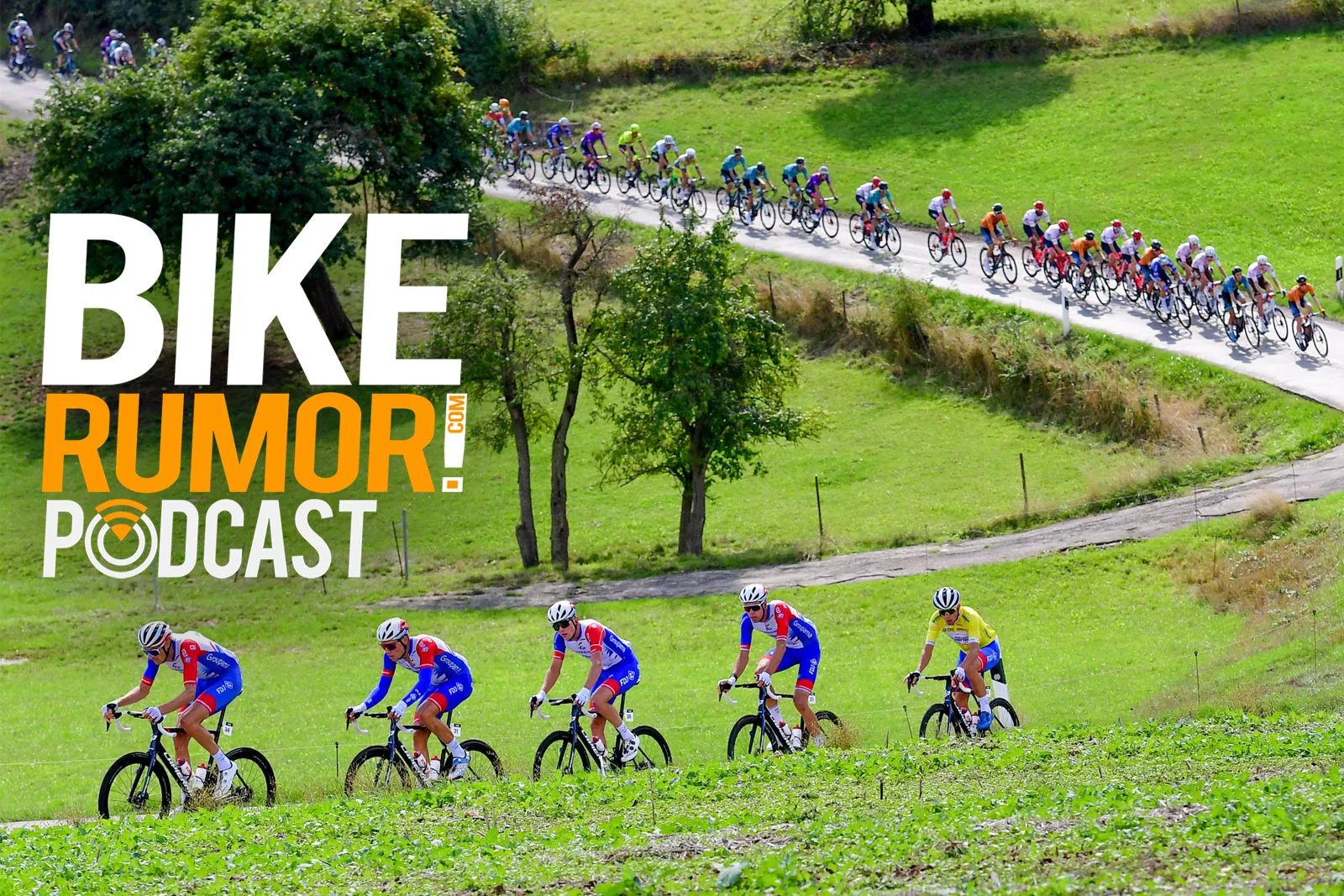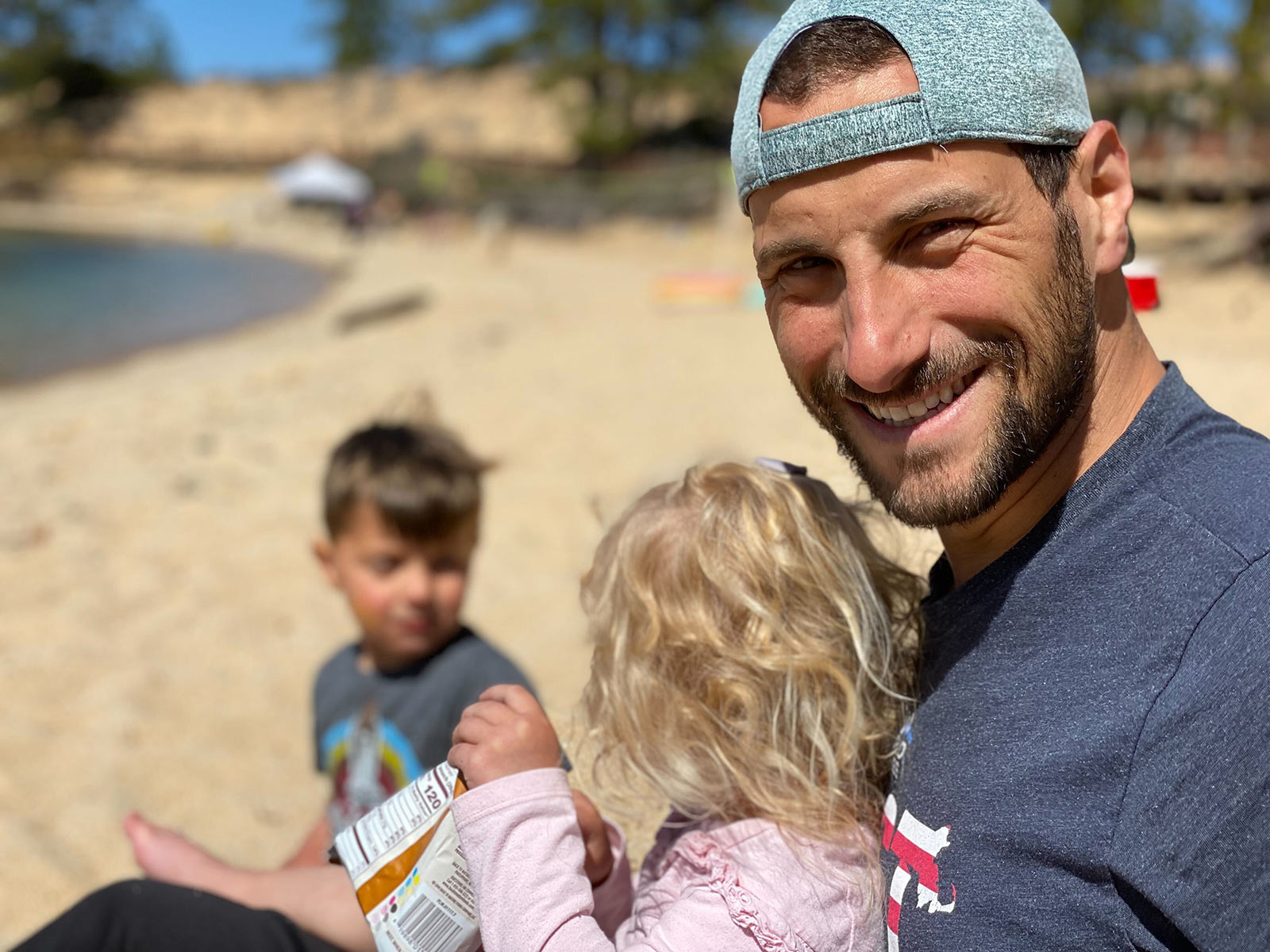The Tour of Luxembourg is a relatively small multi-day race on the World Tour calendar, but it attracts some big teams. That combination made it the perfect test bed for measuring the environmental impact of a professional cycling race.
Which is more complex than it sounds. From hotel rooms to travel, volunteers to food service, course marking to start/finish staging, there’s a LOT that goes into a major event like this.
I spoke with Tour de Lux president Andy Schleck and nZero founder Adam Kramer to see just how they went about doing it, what they learned, and how events and teams can improve. There are even lessons for all of us on how we can improve our own habits and actions, and as always, there’s a lot more to this than meets the eye.
Above, Andy Schleck, and below, Adam Kramer.
The two partnered to measure the carbon footprint of their race, looking at everything they could…so we talked about what data they measured, how they got that data, and what surprised them.
They also discuss the biggest takeaways, and how teams and athletes play a role in reducing the overall impact of events as much as the organizers do.
WANT MORE?
Find the Bikerumor Podcast on Apple Podcasts, Stitcher, Podbean, and through RSS, or wherever you listen to podcasts! Hit like, hit subscribe, and hit play! Can’t find it? Let us know which players you use so we can get them up to speed! And let us know who you want us to interview, just use this form to send us your suggestions!
FOLLOW BIKERUMOR
Keep tabs on all the latest bikes, wheels, components, gear and tech on The World’s Largest Cycling Tech Blog by following us on Facebook, Twitter and Instagram.
FOLLOW TYLER
Like us? Love us? Follow your host, Tyler Benedict, on Twitter, Instagram and LinkedIn


